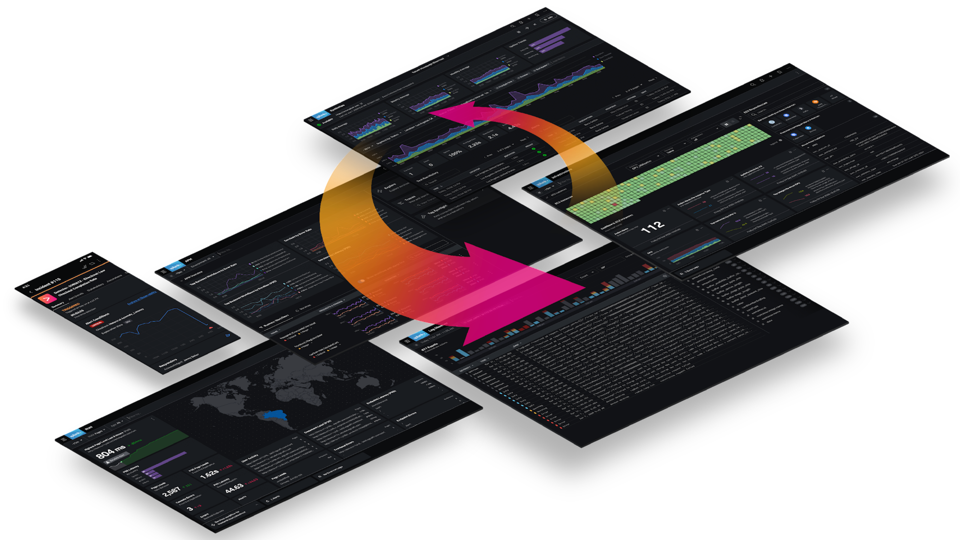Splunk4Rookies - Observability Cloud
2 minutes Authors Robert Castley Pieter HagenIn this workshop, we’ll demonstrate how Splunk Observability Cloud delivers instant visibility into the user experience—covering everything from front-end applications to back-end services. You’ll have the opportunity to explore some of the platform’s most powerful features, which set it apart from other observability solutions:
- Infrastructure Monitoring
- Full-fidelity Real User Monitoring (RUM)
- Complete end-to-end trace visibility with NoSample Full-fidelity Application Performance Monitoring (APM)
- No-code log querying
- Synthetic Monitoring
- Root cause analysis with tag analytics and error stacks
- Related Content for seamless navigation between components
One of the core strengths of Splunk Observability Cloud is its ability to unify telemetry data, creating a comprehensive picture of both the end-user experience and your entire application stack.
The workshop will focus on a microservices-based e-commerce application deployed on AWS EC2 instances. Users can browse products, add items to a cart, and complete purchases. This application is fully instrumented with OpenTelemetry to capture detailed performance data.
What is OpenTelemetry?
OpenTelemetry is an open-source collection of tools, APIs, and software development kits (SDKs) designed to help you instrument, generate, collect, and export telemetry data—such as metrics, traces, and logs. This data enables in-depth analysis of your software’s performance and behavior.
The OpenTelemetry community is growing rapidly, supported by leading companies like Splunk, Google, Microsoft, and Amazon. It currently has the second-largest number of contributors within the Cloud Native Computing Foundation, following only Kubernetes.
